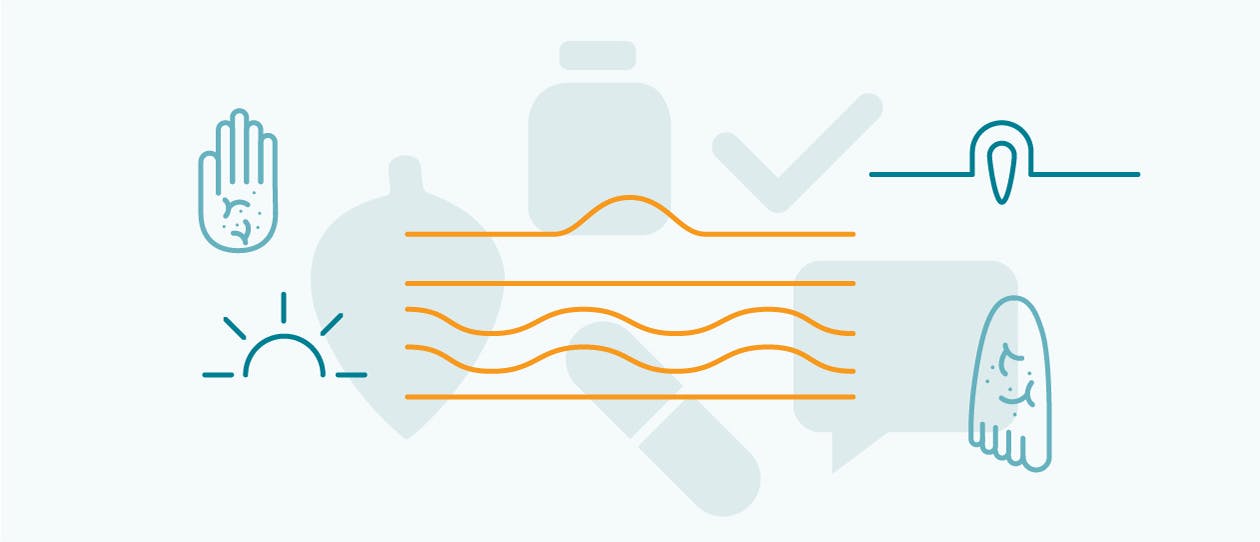
Boils
1
A large, painful, pimple-like infection of a hair follicle.


The bacterium Staphylococcus aureus, which is normally present on our skin and in many cases in our nostrils, causes the infection known as a boil. Although generally harmless, ‘golden staph’, as it is known, can sometimes infect the skin.
Risk factors for developing boils include:
Here are some other lifestyle and dietary factors will help deter the condition and may lessen the severity of the infection:
See your doctor if your boils are recurring. This may be a symptom of diabetes or, if already with the condition, may indicate that your blood sugar level is not in control.
Work with your healthcare professional to manage these issues as this may help to reduce the frequency of outbreaks.